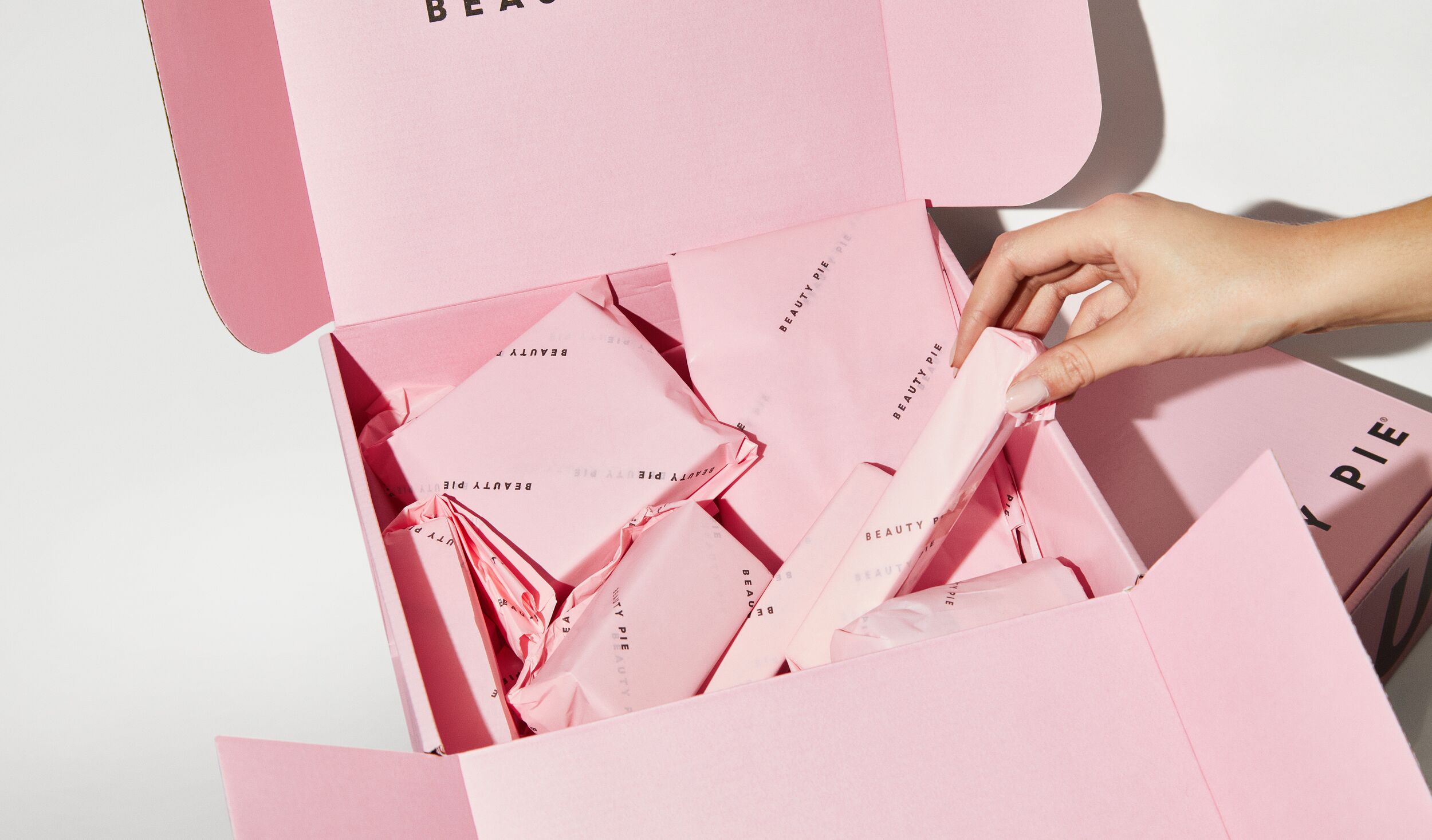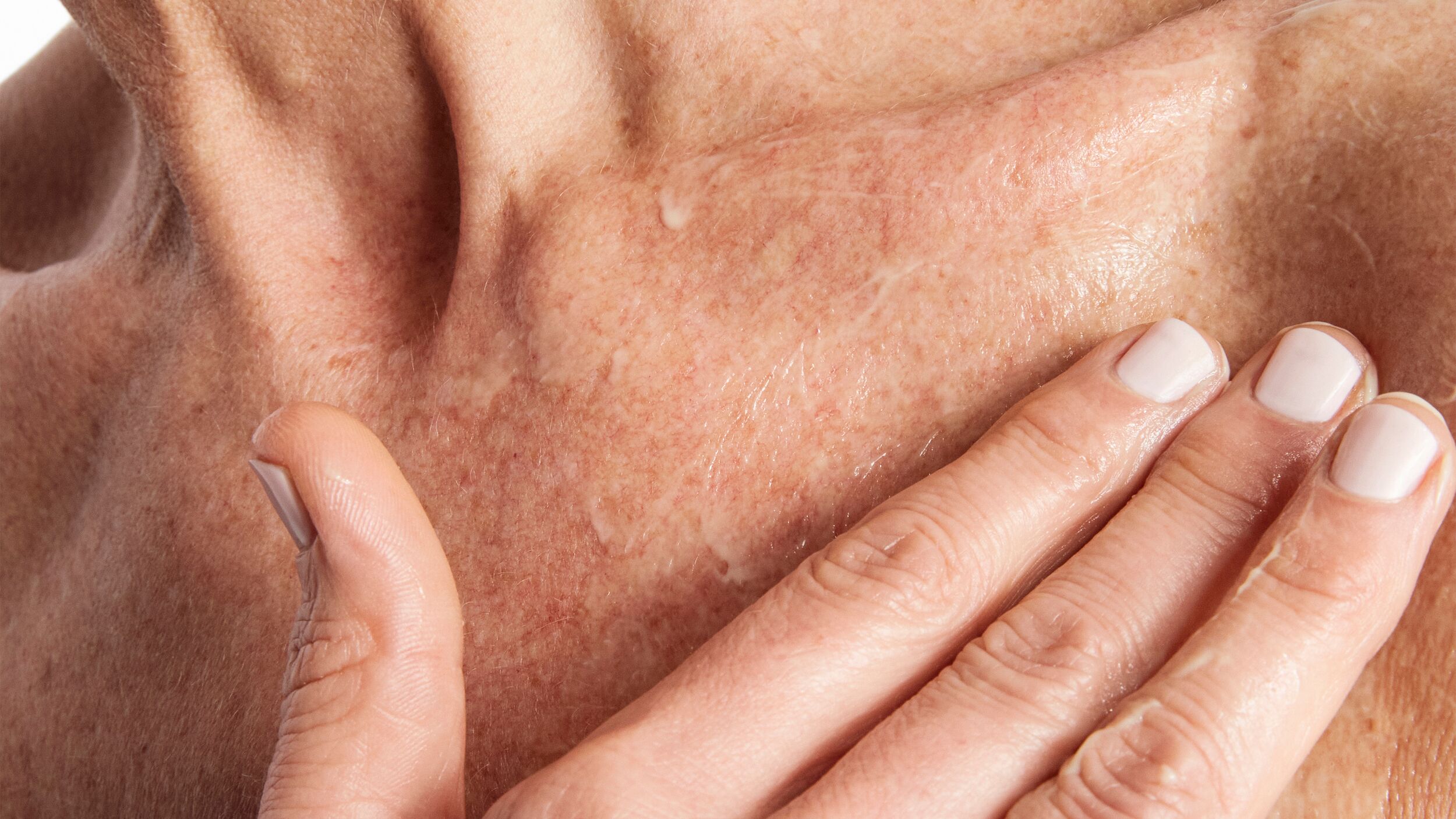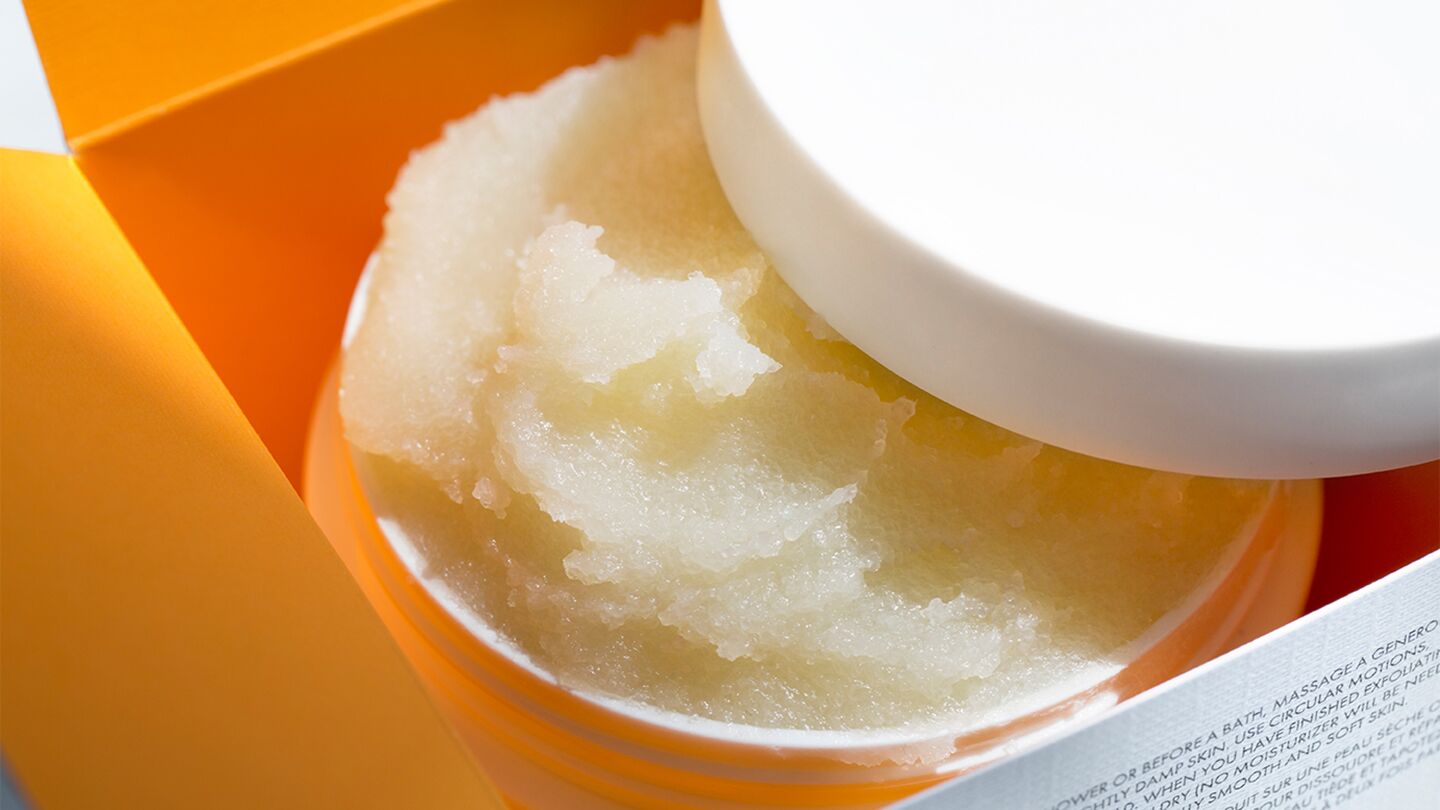
Why should you exfoliate?
There are myths galore about exfoliating. Rumours that all Retinol makes you red (untrue), that scrubs rip and tear at your complexion (not the refined ones, but yes avoid the ‘apricot’), that if you use Alpha Hydroxy Acids in the summer your face will suffer (not in moderation, not for all skin types, and not if you’re pairing it with a great sunscreen). What to believe?
What can exfoliating do?
As well as making skin look clearer and more glowing, sloughing away dead skin cells has the added advantage of making your skin surface more receptive to any products you apply afterwards, allowing them to sink in faster and penetrate better. So in some ways, exfoliating - whether manually or with enzymes or acids - can make your skincare work harder, too.
Who should exfoliate?
Everyone should consider exfoliating regularly in order to keep their skin clear and their cell turnover working like clockwork. If you have very sensitive skin, you might want to consider a gentle daily exfoliation in the form of a serum or mist with ingredients like Lactic Acid.
If you have oilier skin that’s prone to breakouts, you may benefit from gentle daily exfoliation plus a deeper exfoliating treatment two or three times a week. If you’re somewhere in the middle? You may just enjoy a lovely once-a-week resurfacing treatment and mask in the form of a mini DIY facial.
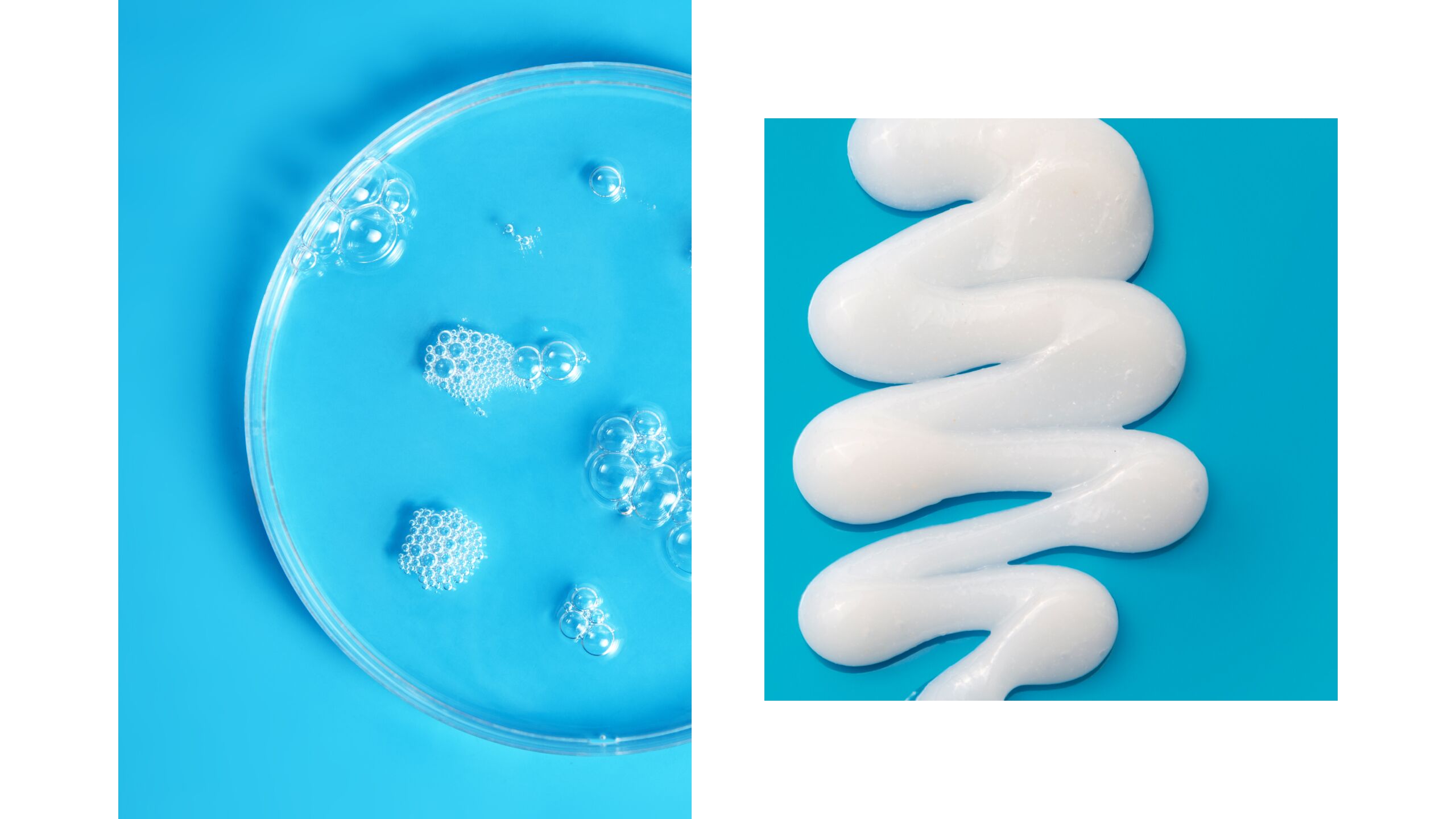
When to use Fruit Acids
Glycolic acid is still the mother of all Fruit Acids. It's the smallest (molecularly), it penetrates the deepest and the fastest, and when balanced with other Fruit Acids and Niacinamide (a brightening, pigment-lightening, permeation enhancer), results can really be miraculous.
With any acid, you'll feel a slight sting on application, but once the initial sensation subsides, the results are worth it. Glycolic Acid, like our Toner, reduces clogging, makes your pores look smaller, removes dead skin cells, and leaves your skin glowing. Just quickly sweep (either) across the skin after cleansing and toning – you can follow with serum or an essence and then your moisturiser.
Fruit Acids help sebaceous follicles from clogging up and leading to whiteheads and acne
If your skin tends to breakout or clog up a lot you want to address all the causes of the problem. To keep the dead cells from clogging up your sebaceous follicles, which can lead to whiteheads and then acne, Fruit Acids can help to keep your skin beautifully clear. And when combined with Salicylic Acid to tackle the anaerobic bacteria that leads to white blood cell build-up and then breakouts, you can sooth skin and control inflammation.
A few drops of Fruit Acid and Salicylic Acid (like in our Plantastic MicroPeeling Super Drops) massaged onto your face every day after cleansing keeps your skin beautifully clear. They’re also genius for teenagers (faces, necks, chests, backs) and have been reported to get rid of chicken skin (on the backs of the arms, and, um, bums).
Who can use Glycolic Acid?
Pretty much anyone, but you can experiment. If you're sensitive or dry, or on prescription keratolytic medication1 (that peels your face), start with a milder product like our Micro Peeling Pads – twice a week for those with combination or dry skin and daily for those with oily skin and/or a troublesome T-zone. You can also work up to a stronger product like our Glow Toner, to add a little more "pow".
If you have sensitive or dry skin, start with a milder product
We source both our Micro Peeling Pads and our Dr Glycolic Pore-Purifying Glow Toner from the best acid lab in Switzerland. Both reduce clogging, make your pores look smaller, remove dead skin cells, and leave your skin glowing. Just quickly sweep (either) across the skin after cleansing and toning – you can follow with serum or an essence and then your moisturiser.
When to use enzymes
Enzymes are naturally-derived proteins that speed up the rate of chemical processes within the skin. Our bodies naturally produce them, as do plants. Some of the ones used in skincare are chosen for their anti-inflammatory benefits, but most are used for their ability to break down keratin proteins (which form a kind of ‘glue’ that holds cells together), meaning they are natural exfoliators - so they’re all about renewing, rejuvenating and revealing fresh, glowing skin.
There is a lot of interesting research around the use of encapsulated enzymes for DNA repair coming through, too, as well as research into ingestible enzymes for gut health and digestion.
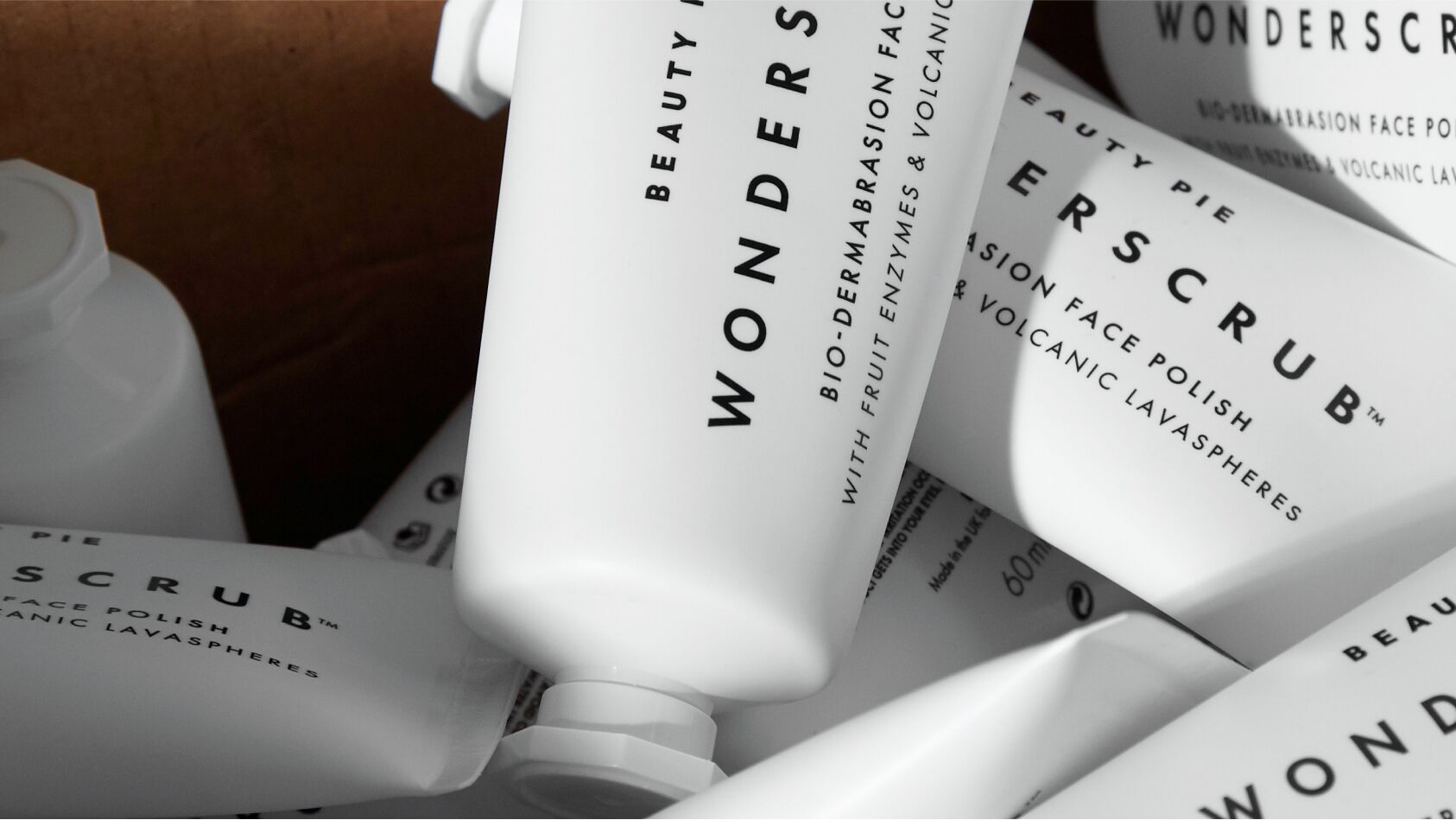
When to use a scrub
Some people just like the satisfying feel of a grainy scrub on the skin. And so long as you use one that’s gentle with smooth, refined grains - like our Wonderscrub - you won’t scratch your skin. Some scrubs can be applied on both wet and dry skin: applying on damp skin will generally provide more ‘slip’ and give a gentler effect; applying dry will give a deeper manual exfoliation so will generally lift away more dead skin cells, but can also be slightly harsher.
Restrict exfoliating scrubs to once or a twice a week (especially if you’re also using resurfacing ingredients like AHAs and Retinols as part of your skincare routine) and follow up with a moisturising mask or soothing spray.
Footnotes
If you’re under the care of a dermatologist, always check with your doctor first!
Tags

